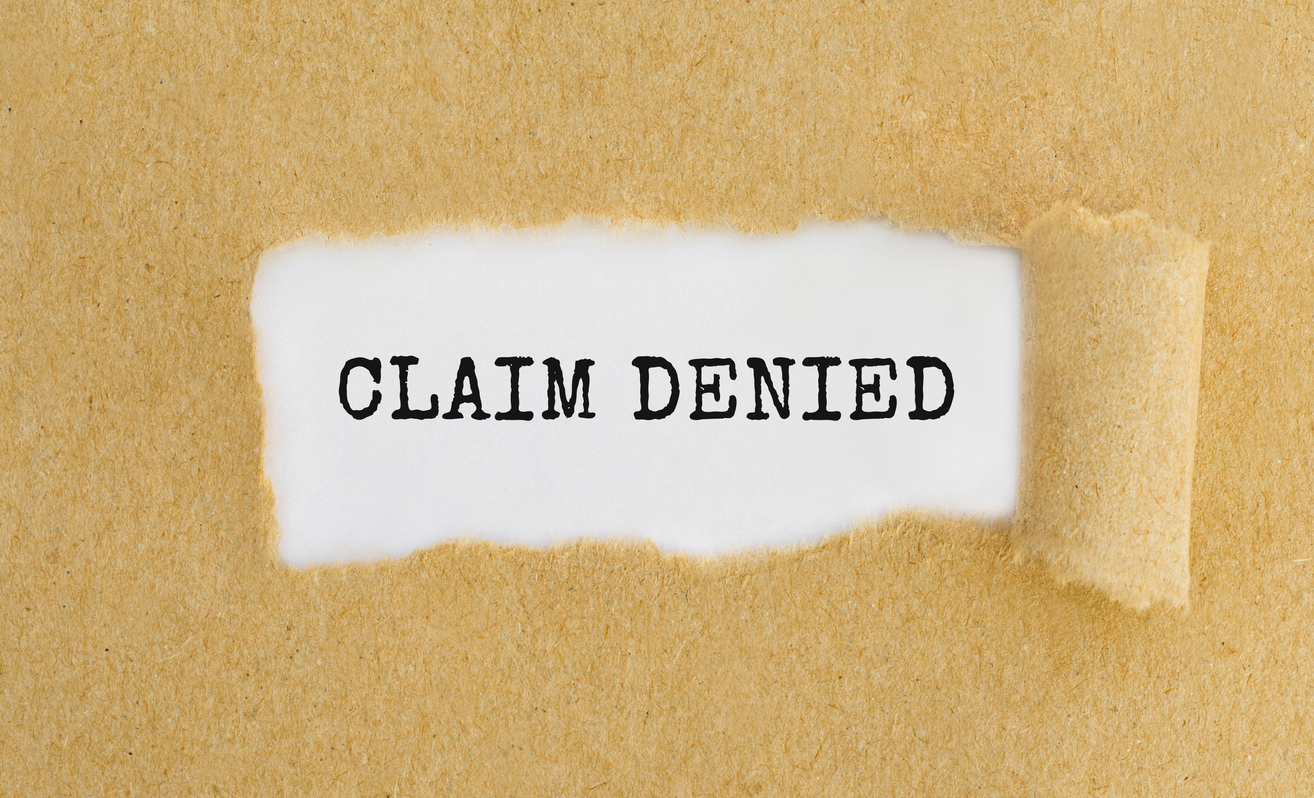While I was researching the nerdy topic of what circumstances law and ordinance coverage pays for pre-existing building code violations discovered as a result of an insured peril, I came across a court order from an Indiana case,1 which shows many of the usual excuses insurance company defense attorneys raise in lawsuits. I suggest the order and the insurer’s motion for summary judgment are good learning lessons for those involved with helping policyholders because it has become typical that insurers, even after they pay a portion of the claim, will have their attorneys argue every conceivable basis for denial afterwards.
Auto-Owners Insurance Company defended itself in a motion for summary judgement with the following excuses for further nonpayment:
- Statute of Limitations passed before suit was filed.
- Timely Notice of Loss was not provided.
- Failure to Protect the building from further damage.
- Repairs not timely made.
- Law and Ordinance costs not incurred or work completed.
- Damages caused by excluded and pre-existing wear and tear.
- Damages caused by faulty construction.
- No Law and Ordinance Coverage because building had pre-existing code violations when built.
These were just the reasons listed for summary judgment. In most cases, the insurance company attorneys will also claim some type of fraud in connection with the amount demanded. These “excuses” not to pay will be part of the discussion at the RMAPIA event tomorrow.
Regarding the Law and Ordinance issue, the trial court did not grant summary judgment and noted that the policyholder may have a chance for a summary judgment on that coverage issue because the insurer agreed to pay for law and ordinance before the lawsuit was filed:
The Court notes that neither party has briefed whose burden the issue would be at trial. “Under Indiana law, an insurer relying on a policy exclusion from coverage has the burden of proof on the issue whether the exclusion applies.” Thorne v. Member Select Ins. Co., 899 F. Supp. 2d 820, 824 (N.D. Ind. 2012) (citing PSI Energy, Inc. v. Home Ins. Co., 801 N.E.2d 705, 725 (Ind. Ct. App. 2004)). Given that it would likely be the Defendant’s burden to establish noncompliance at trial, the Plaintiff’s failure to produce evidence establishing the warehouse’s code compliance is not fatal at the summary judgment stage. On the other hand, the Plaintiff argues that, because the Defendant originally represented that the Ordinance and Law Coverage did apply, it is now estopped from changing its position….As the Defendant consistently represented that it intended to investigate the claim, a fact the Plaintiff highlights when addressing whether the Defendant relied on Tutt’s representation that the roof was code compliant, and as the Plaintiff has not moved for summary judgment on this issue, the Court declines to find that the Ordinance and Law Coverage applies; the Court concludes only that the Defendant has not established that the roof was not code compliant such that the Coverage would not apply.
For policyholders with windstorm and hail damage claims, these issues come up all the time. Where does the money come from to rebuild if the claim is not fully paid? Why is wear and tear not treated as a depreciable item rather than as an exclusion? The awareness of a pre-existing building code violation is usually not known until a loss occurs and somebody points out the issue and a building permit is not issued. How do you determine exactly which storm caused a loss unless you endanger yourself or continually pay for somebody to get on a roof? How can you give timely notice if you are not aware of a loss which is usually found from a leak that occurs months after a loss? Few buildings are ever perfectly built to all the building codes. So, why do the insurance company consultants seem hell bent on finding those code and workmanship issues while closing their eyes to the damages that caused the claim to be made in the first place?
Thought For The Day
The ultimate measure of a man is not where he stands in moments of comfort and convenience, but where he stands at times of challenge and controversy.
—Martin Luther King, Jr.
__________________________________________
1 Kokak LLC v. Auto-Owners Ins. Co., No. 2:18-cv-117 (N.D. Ind. Dec. 27, 2021).




